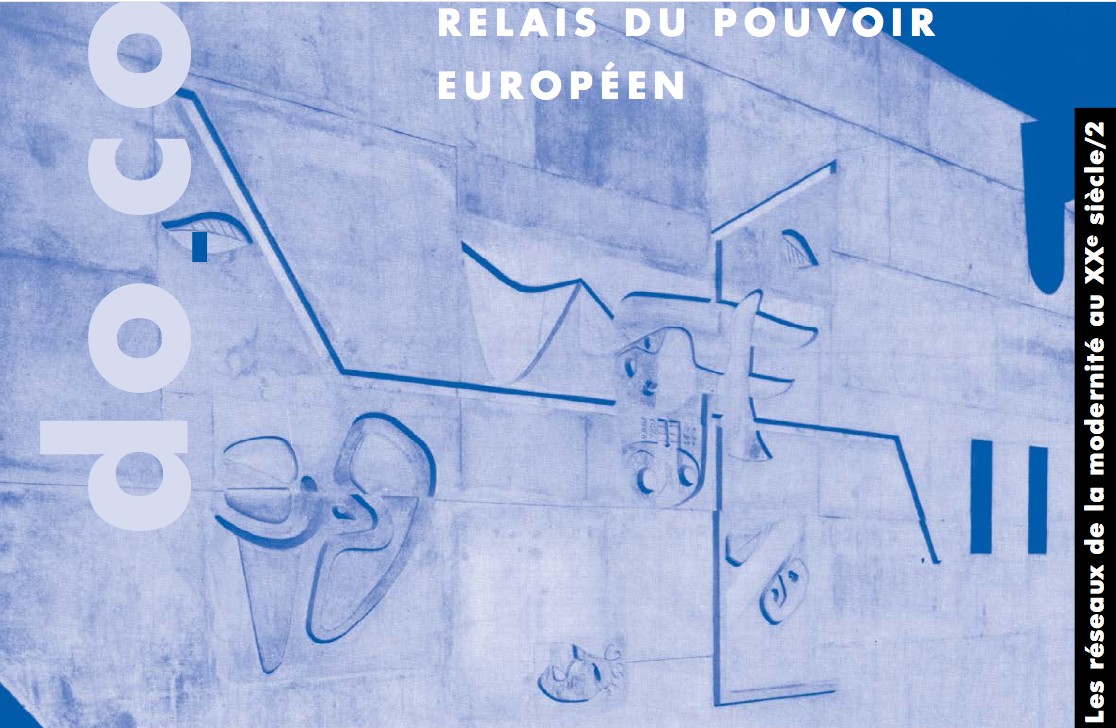
Actes du colloque DoCoMoMo 2009 Fr/En
Sous la direction de Richard Klein et Bernard Toulier
En 2005, les « réseaux de la modernité » ont été consacrés aux architectures de la Culture en Europe. Lors des journées d’études des 16 et 17 décembre, architectes et chercheurs ont exploré l’histoire et la réhabilitation des Maisons du peuple et des Maisons de la Culture, lieux de diffusion culturelle et artitstique qui connaissent un vif essor au XXe siècle.
International initiated in 2004 a multi-year cycle entitled « networks of modernity in the twentieth century » in partnership with the Ministry of Culture and Communication and the Centredes Hautes Etudes de Chaillot. In 2005, « the networks of modernity » was devoted to architectures of culture in Europe.
During the study days between 16th and 17th December, architects and researchers have explored the history and rehabilitation of Houses of the People and Houses of Culture, places of cultural and artistic diffusion experiencing a sharp rise the twentieth century. Resulting from political will, a new type of cultural institutions, which is as much a history of ideas and social representations than that of the States, was born. These new places designed for mass popular politicized decompartmentalise functions as theater and library, coffee and the gallery of the museumand the theater or the workshop and school.What is the affiliation between People´s House, Volkshaus, Casadel Popolo, Casa del Fascio, Mechanics Institute and HouseCulture? How to convey the heritage of thes spatial and formal organizations unpublished? Obsolete or restructured today, the Houses of Culture demonstrate great artistic programs, intellectual, administrative and policy of the twentieth century and, as such, entitled to heritage recognition. Between reforms, policy changes and restructuring, now arise related issues use and sustainability of these architectures.
Informations
- Paris, docomomo International, 2009 (French/English).
- ISBN 2 9519819 5 3